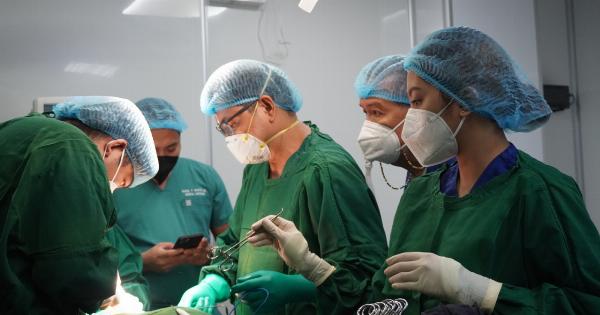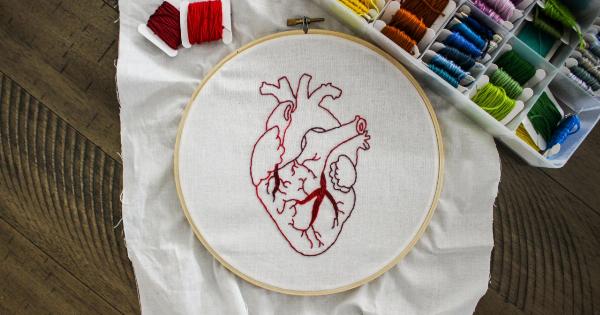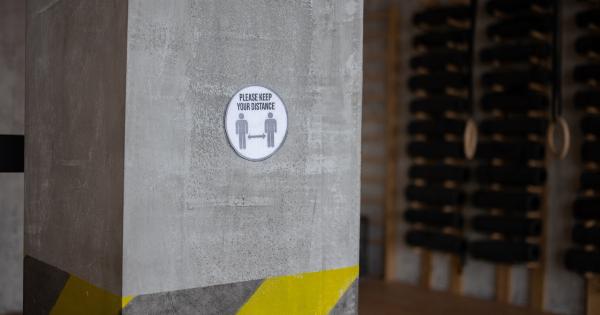Doctors in Russia are now performing a revolutionary heart surgery that only takes 20 minutes to complete. The procedure involves using a catheter to insert a stent into the heart, removing blockages, and restoring blood flow to the targeted artery.
What is a stent?
A stent is a small mesh tube that is inserted into an artery to help keep it open, allowing blood to flow freely through it.
Stents are commonly used to treat blockages in the heart, but they can also be used to treat blockages in other parts of the body.
Traditional heart surgery vs. catheter-based surgery
Traditional heart surgery involves making a large incision in the chest to access the heart. The surgeon then stops the heart and uses a bypass machine to keep blood flowing to the body.
This type of surgery can take several hours to complete and may involve a lengthy recovery period.
In contrast, catheter-based surgery is minimally invasive. It involves making a small incision in the groin or wrist and threading a catheter into the coronary artery. The surgeon then uses the catheter to place the stent in the blocked artery.
The benefits of catheter-based surgery
Catheter-based surgery has several advantages over traditional heart surgery.
- It is less invasive
- It causes less scarring
- It requires a shorter hospital stay
- It has a quicker recovery time
The procedure in detail
The procedure typically takes about 20 minutes to complete. The patient is given a local anesthetic to numb the area where the catheter will be inserted.
After the catheter is inserted, the surgeon uses X-ray or ultrasound imaging to guide it through the artery to the blocked area of the heart.
Once the catheter is in place, the surgeon inflates a small balloon at the end of the catheter to widen the blocked artery. The surgeon then places the stent in the artery to keep it open.
The balloon is deflated, and the catheter is removed from the body.
The success rate
This procedure has a high success rate. Studies show that the procedure is successful in more than 95% of cases.
Patients who undergo this procedure typically experience immediate relief from chest pain, shortness of breath, and other symptoms of heart disease.
The risks of the procedure
Like any medical procedure, this procedure does come with some risk. However, the risks associated with this procedure are relatively low. Some possible risks include:.
- Bleeding
- Infection
- Heart attack
- Stroke
Who is a good candidate for this procedure?
Patients who have blockages in their coronary arteries are good candidates for this procedure. The procedure is particularly effective for patients who have one or two blocked arteries.
Patients who have multiple blocked arteries may need to undergo traditional heart surgery.
Conclusion
The revolutionary 20-minute heart surgery being performed in Russia is changing the way doctors treat heart disease.
With its higher success rate, shorter recovery time, and less invasive approach, this procedure is a game-changer for patients who are suffering from heart disease. While it does come with some risks, the risks associated with this procedure are relatively low, and patients can experience immediate relief from their symptoms.
This procedure is sure to continue improving and evolving, making it an important development in the field of heart surgery.





























